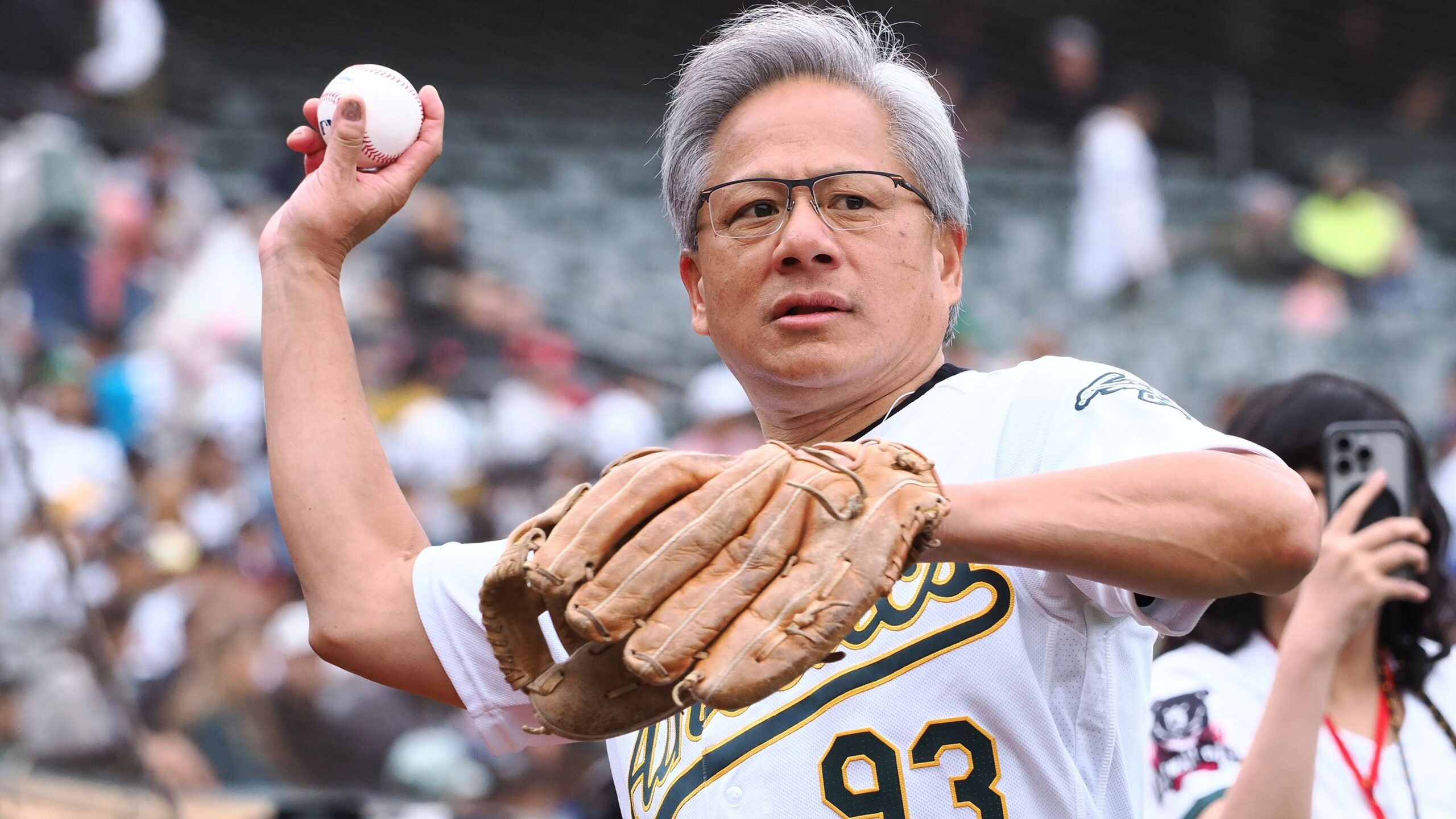
It’s been two years since generative AI began reshaping Nvidia’s business. In that time, the company’s revenue has more than tripled and profits have quadrupled, fueled largely by demand for its AI-focused chips. Nvidia, once known for graphics processors used in gaming, now sits at the center of the technology industry.
The milestone comes as Nvidia prepares to release its fiscal second-quarter earnings on Wednesday. The report will reflect the company’s growth since OpenAI launched ChatGPT in late 2022, an event that triggered a global AI spending wave. Nvidia’s stock has risen twelvefold since then, helping the company become the first to hit a $4 trillion market cap. Shares are up 33% this year, closing at $177.99 on Friday.
While growth remains large in absolute terms, Nvidia’s expansion has slowed. After five straight quarters of triple-digit revenue growth in 2023 and 2024, the pace dropped to 69% in the fiscal first quarter of this year. Analysts expect second-quarter revenue to rise 53% year-over-year to $45.9 billion, according to consensus estimates.
Data center sales are now the company’s backbone, representing 88% of first-quarter revenue. Much of this comes from a small number of hyperscale customers — industry heavyweights such as Microsoft, Google, Amazon, and Meta. Analysts say Nvidia’s results often set the tone for how investors view the broader AI market.
Massive AI Spending Wave
Nvidia’s influence is amplified by the spending commitments of its largest customers. Collectively, the tech giants are expected to invest around $320 billion in AI technology and data centers this year. OpenAI, meanwhile, has announced plans with SoftBank and Oracle to spend $500 billion over the next four years on its Stargate project, which President Donald Trump endorsed earlier this year.
Analysts estimate that roughly half of AI capital spending ultimately flows to Nvidia, underscoring the company’s pivotal role but also its exposure to changes in global demand. OpenAI’s Sam Altman recently suggested that investors may be overly optimistic, calling AI potentially a “bubble,” though OpenAI executives continue to stress the shortage of available computing power.
Nvidia’s current growth engine is its Blackwell product line, which includes both GPUs and systems linking dozens of processors. In May, Nvidia said Blackwell products generated $27 billion in sales, accounting for 70% of data center revenue — a sharp jump from $11 billion the prior quarter.
The Blackwell line is expected to enable companies like OpenAI and Anthropic to build more advanced AI models. However, Nvidia has cautioned that supply, not demand, is the limiting factor. A more powerful Blackwell Ultra chip is expected to ship in the second half of 2025.
China and the H20 Challenge
Nvidia’s relationship with China remains complicated. Earlier this year, President Trump confirmed that Nvidia will pay 15% of its China chip revenue to the U.S. government in exchange for export licenses for its H20 AI chip, after initially asking for 20%. The H20 could have added $8 billion to Nvidia’s second-quarter results, but sales were shut off until approvals were secured.
Chinese regulators, meanwhile, are pushing local cloud providers to buy homegrown chips from companies like Huawei, further clouding the outlook. Analysts expect Nvidia to exclude H20 sales from its near-term guidance, though some suggest that including them could add $2–3 billion in revenue.
Analysts are watching closely for Nvidia’s guidance for the third quarter, with expectations of $52.7 billion in revenue. A strong “beat and raise” could fuel even more optimism in the AI sector. But with growth slowing and geopolitical risks mounting, the company’s outlook will carry unusual weight across global markets.
Author’s Opinion
Nvidia has become the symbol of the AI boom, but its reliance on a handful of hyperscale customers and volatile U.S.-China trade dynamics is a fragile foundation. While the Blackwell ramp will likely keep demand high for now, the risks of overdependence on AI hype and shifting government policies are clear. If AI spending slows even slightly, or if China enforces stricter barriers, Nvidia’s meteoric rise could face its first real stress test.
Featured image credit: Heute
For more stories like it, click the +Follow button at the top of this page to follow us.
